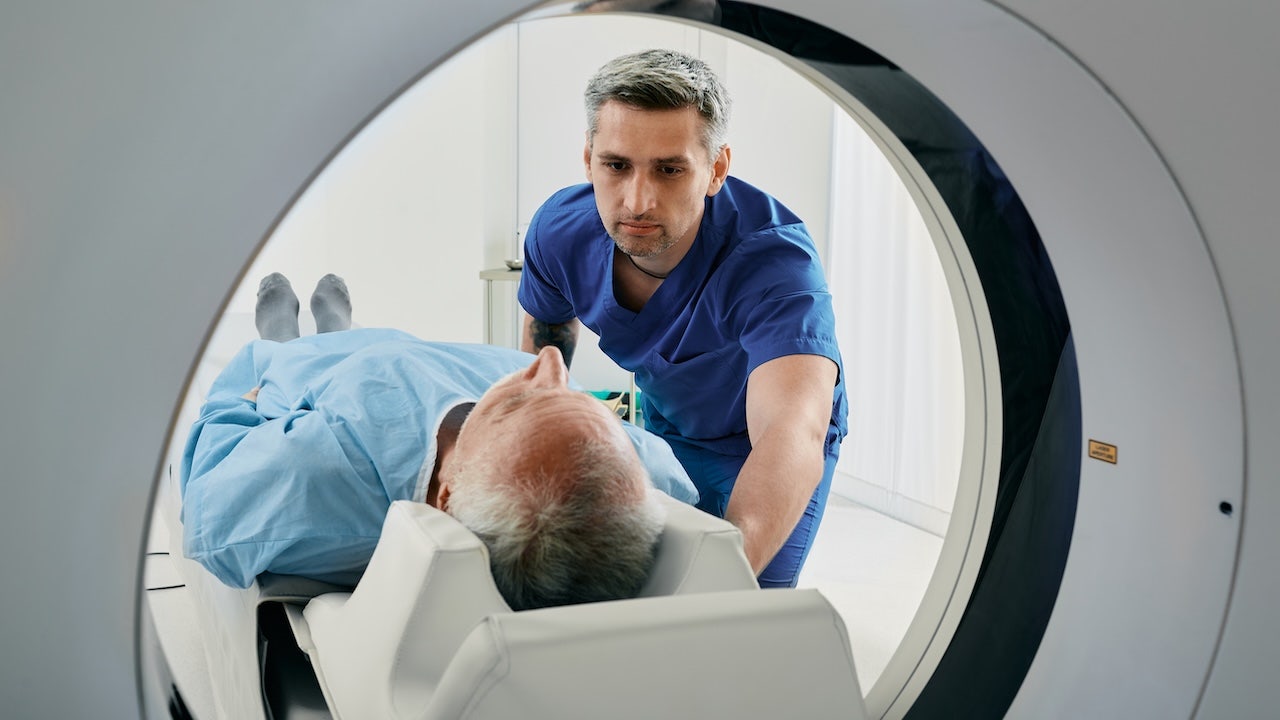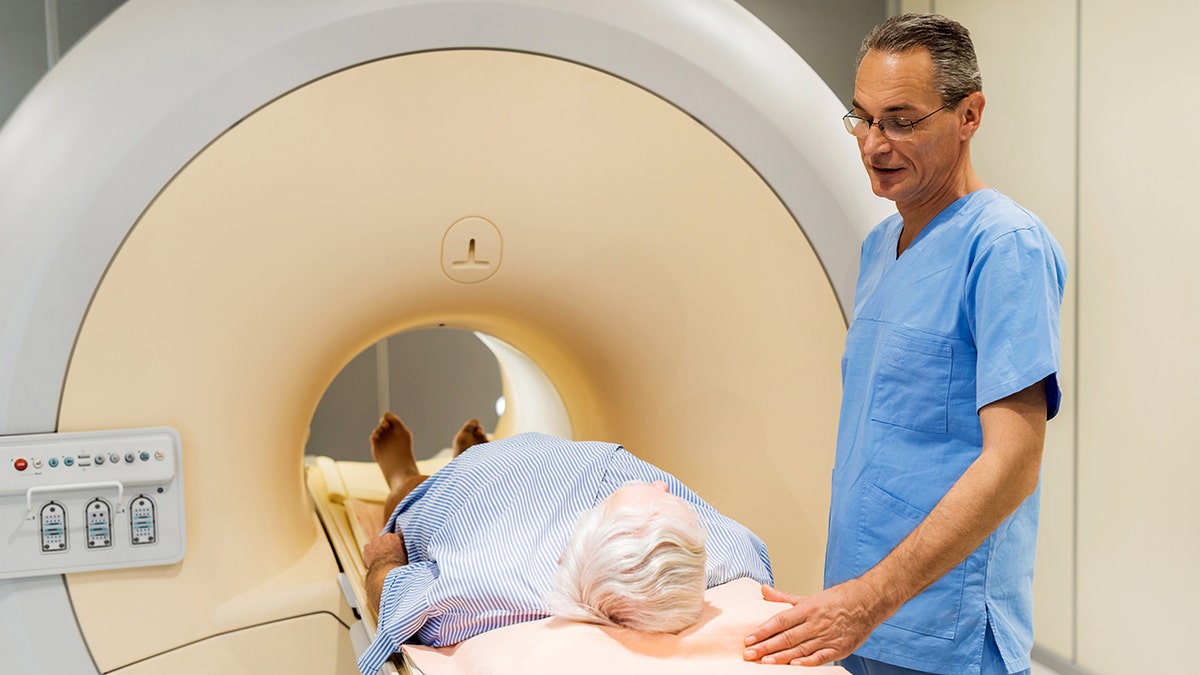
GLP-1 weight loss pill in development
Fox News senior medical analyst Dr. Marc Siegel discusses advancements in weight loss drugs, safety concerns surrounding nicotine patches and his interview with FDA Commissioner Dr. Marty Makary on vaccine protocol.
NEWYou can now listen to Fox News articles!
Researchers have revealed a surprising new side effect linked to GLP-1 agonists, such as Ozempic, Wegovy, Mounjaro and Zepbound.
These popular treatments for diabetes and obesity could interfere with medical imaging, such as PET and CT (“CAT”) scans.
CT scans are often used to get detailed internal images to detect injuries, tumors or other abnormalities, according to Cleveland Clinic. A typical use of PET scans is to examine organs and tissues, detect cancer activity or monitor how the body is responding to treatment.
DANGEROUS ‘GRAY-MARKET’ WEIGHT-LOSS DRUGS FLOODING US AS EXPERTS WARN OF RISKS
In the case review, presented this week at the 38th Annual Congress of the European Association of Nuclear Medicine in Barcelona, Spain, researchers analyzed cancer scans of patients who were taking GLP-1 medications, according to a press release.
They found some “atypical” scan results that could be mistaken as signs of disease.
Popular treatments for diabetes and obesity could interfere with medical imaging, such as PET and CT scans, a study suggested. (iStock)
“We noticed an unusual uptake in one of our patients on a GLP-1 agonist, which prompted a wider review across our network,” lead author Dr. Peter Strouhal, medical director at Alliance Medical Ltd in the U.K., stated in the release.
“We found that these altered patterns are increasingly common, yet there is currently no national or international guidance in the U.K. addressing this emerging issue.”
“It’s something we’ll keep an eye on in our industry, but more information is needed.”
Misunderstanding these scan results can lead to extra tests, incorrect cancer assessments and delays in treatment, which can cause stress and anxiety for patients, the release noted.
“Knowing how GLP-1 medications can affect scan images helps doctors avoid confusion and unnecessary procedures, so patients get the right care quickly and confidently,” Strouhal said.

“We noticed an unusual uptake in one of our patients on a GLP-1 agonist, which prompted a wider review across our network,” the lead study author said. (iStock)
Despite these findings, the researchers said they don’t recommend that patients stop taking GLP-1s prior to having a scan — but they did emphasize that imaging teams should consider patients’ medication use when interpreting scan results.
Looking ahead, the research team plans to gather more data from global imaging centers to strengthen these findings.
CLICK HERE TO GET THE FOX NEWS APP
Sue Decotiis, M.D., a medical weight-loss doctor in New York City, pointed out that the results of the study are still very preliminary.
“They just noticed an increase, but it didn’t mention which organs or specific body parts,” Decotiis, who was not involved in the study, told Fox News Digital.

Researchers said they don’t recommend that patients stop taking GLP-1s prior to having a scan — but they did emphasize that imaging teams should consider patients’ medication use when interpreting scan results. (iStock)
“It will be important to see more data from many more patients to understand exactly what they saw. It’s something we’ll keep an eye on in our industry, but more information is needed.”
Adam Wolfberg, M.D., chief medical officer at Virta Health in Massachusetts, also reflected on the study.
CLICK HERE TO SIGN UP FOR OUR HEALTH NEWSLETTER
“GLP-1s have many effects on the body, and one of them is altering the way glucose is metabolized,” Wolfberg, who also did not take part in the study, told Fox News Digital. “Since the tracer agent used in these PET scans contains glucose, uptake of the agent — a metabolic ‘dye’ of sorts — can be impacted.”
“Interpretation of the corresponding images would require knowledge of this clinical background.”

“Knowing how GLP-1 medications can affect scan images helps doctors avoid confusion and unnecessary procedures, so patients get the right care quickly and confidently,” the researcher said. (iStock)
He echoed, however, that he doesn’t think this finding is a “big deal.”
“PET scans are always interpreted in the context of the whole patient,” Wolfberg said. “A skilled oncologist or radiologist would always take into account a patient’s medical history as well as the medications they are taking when reading this type of scan.”
For more Health articles, visit www.foxnews.com/health
Wolfberg agreed that much more data would be required before these observations should impact medical practice.
Fox News Digital reached out to the researchers for comment, as well as to manufacturers of GLP-1 medications.
Source link

